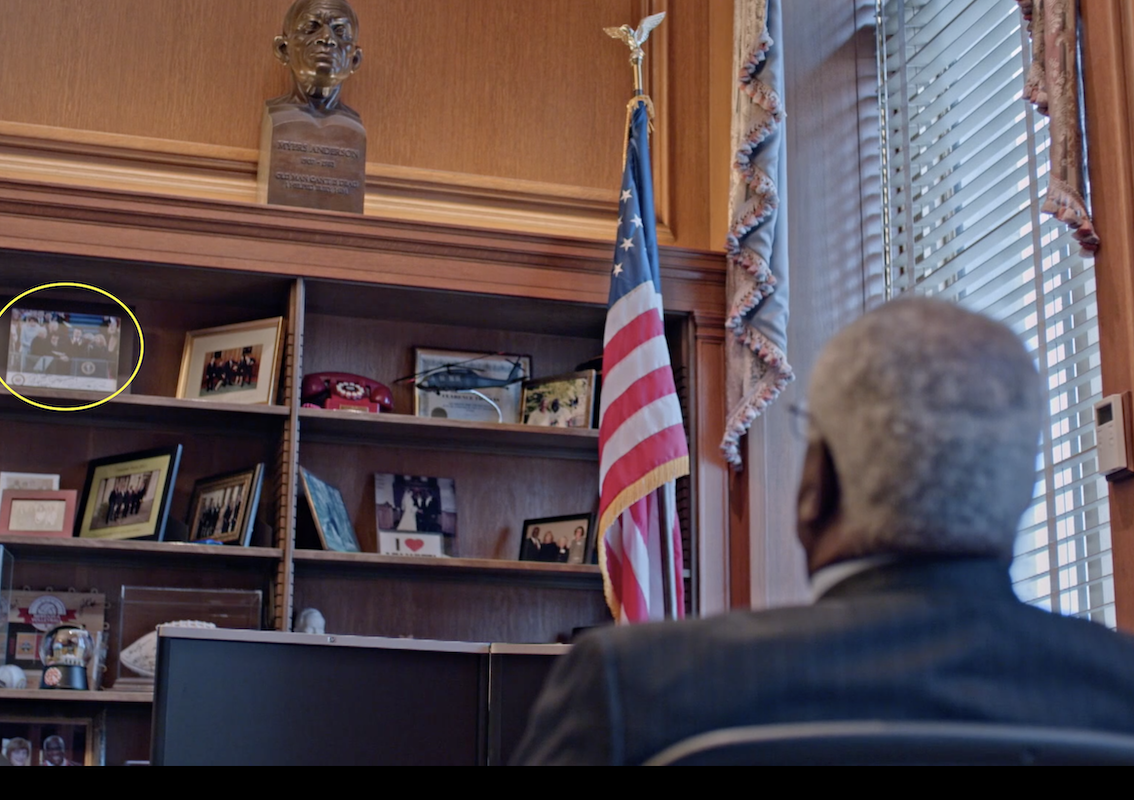How Much Partisanship Should We Tolerate From the Justices?

At the end of the new Clarence Thomas documentary, the justice is sitting at his desk, and the camera pans left and up toward a metallic bust of his grandfather that rests atop a tall bookcase.
In plain view on a bookcase shelf is a framed and signed photo of Thomas and Vice President Mike Pence.
There are two ways to see this.
One, this is not a big deal, since Thomas, as senior associate justice, is the one who administered Pence’s oath of office in Jan. 2017.
Two, this is a problem, as, to quote Justice Kavanaugh’s statement to the Senate Judiciary Committee during his confirmation hearing:
“The Supreme Court must never be viewed as a partisan institution. The justices on the Supreme Court do not sit on opposite sides of an aisle. They do not caucus in separate rooms. If confirmed to the court, I would be part of a team of nine, committed to deciding cases according to the Constitution and laws of the United States. I would always strive to be a team player on the team of nine.”
To a casual observer, a signed photo of the VP would seem to align Thomas more with “Team Trump” than “Team of Nine.”
Across town, at the Woman’s National Democratic Club on New Hampshire Ave., the walls are adorned with dozens of framed photos of prominent Democratic lawmakers. Curiously, there’s also a framed photo of Justice Ruth Bader Ginsburg, who, despite the capital “D” that sits next her nominating president and on her voter registration, should not be considered a member of that team. (Ginsburg even won an award from the group in 2010.)
How is this consistent with “the Supreme Court…never [being] viewed as a partisan institution”?
Sure, justices are nominated by a partisan president and are increasingly confirmed only by senators in the party of that president. But after that, the Ds and Rs should go away.
SCOTUS doesn’t exists in a vacuum, of course, and court-watchers well remember the politics that Rehnquist and Brennan and Marshall and Scalia brought with them to First Street. But in the modern era, it should be too much to ask the justices to be more cognizant of their perceived partisan biases.